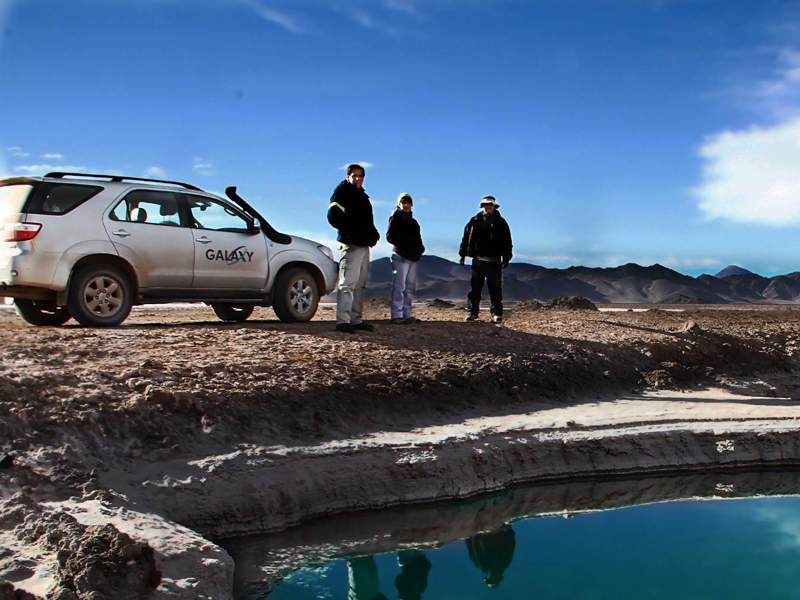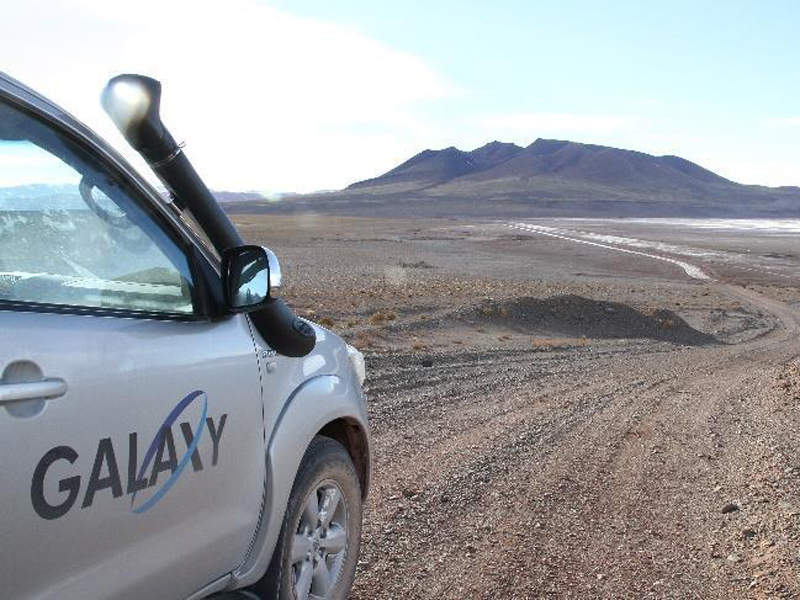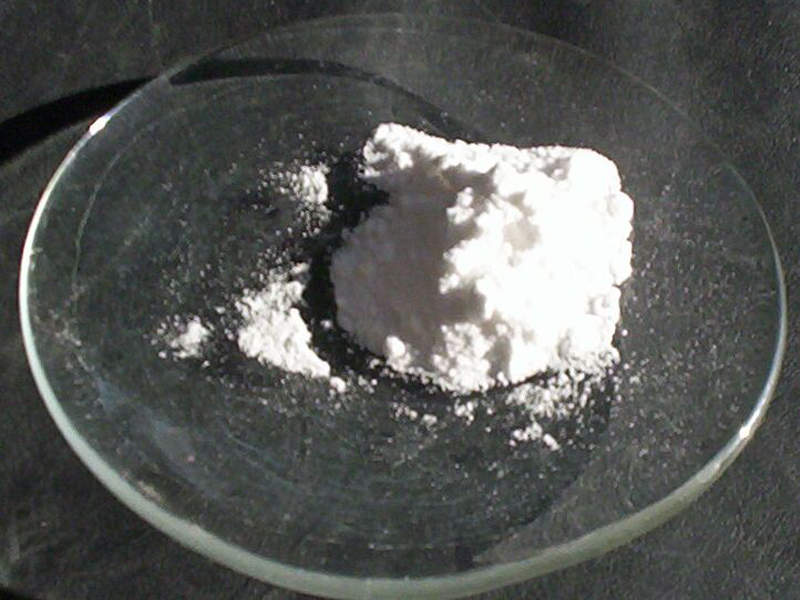Galaxy Resources’ flagship Sal de Vida (salt of life) lithium and potash brine project is located approximately 390km from Salta City, within the Puna Region, which forms part of an area known as the Lithium Triangle in northwest Argentina, bordering Chile and Bolivia.
The definitive feasibility study for the project was completed in April 2013 and was further updated in August 2016. The total investment to bring the project into production is estimated to be $376m. The construction phase is expected to take two and half years.
The mine is estimated to have a life of 40 years, producing 25,000t/y of battery-grade lithium carbonate and 95,000t/y of potash on average during its lifetime.
Sal de Vida project geology
The property is located on the eastern half of the Salar del Hombre Muerto, which is primarily a dry lake bed within a restricted drainage basin.
A 4km-8km deep extensive magma chamber underlies the deposit area, which is considered to have transported the lithium to the surface via volcanic activity, especially hydrothermal vents.
The brine at the site contains lithium, and potassium, magnesium, calcium, sulphate, and boron to a lesser extent.
Reserves at Galaxy Resources’ flagship project
The mine is estimated to hold combined proven and probable reserves of 1.1 million tonnes (Mt) of retrievable lithium carbonate equivalent (Li2CO3 equivalent) and 4.2Mt of potassium chloride (potash or KCI) equivalent.
The combined measured, inferred and indicated resources are estimated at 7.233Mt of Li2CO3 equivalent and 28.833Mt of KCI equivalent.
Mining and processing at the Argentinian lithium and potash mine
The property will be mined using well pumping methods, and will involve the development of two well fields, namely Southeast and East.
It aims to pump a total of 20 wells in the Southeast well field, and 30 at the East well field. Each well is expected to produce an average of 30,000m³/d of brine.
The lithium carbonate processing flowsheet entails a boron removal (solvent extraction) stage, a calcium and magnesium removal stage, lithium carbonate precipitation, purification, dewatering, and a drying stage, followed by micronising and bagging. The purification facility will be Galaxy Resources’ proprietary purification technology, proven at its former Jiangsu lithium carbonate plant in China.
The potash processing plant will be equipped with a crushing and milling circuit, a conditioning and flotation circuit, a centrifugation circuit, and a drying and packaging circuit.
The project will also involve the initial reactivation of the existing pilot production facilities, which will operate as a small-scale industrial plant prior to the construction of the main project facilities.
Infrastructure at the Lithium Triangle area mine
The project requires the construction of both on-site and off-site infrastructure, and benefits from its close proximity to major highways, rail links and a power grid.
The on-site infrastructure for the project will include an accommodation camp; workshops; a power substation; site roads; water supply facilities, including a water treatment plant, and a sewage treatment plant; and utilities.
Off-site infrastructure will include access roads, an airstrip, a lime kiln at Los Tilianes, and communications systems.
Natural gas for the project will be supplied from the Fenix natural gas pipeline, for which a 20km extension pipeline is required.
Key players involved
The DFS was compiled by Taging in collaboration with Hatch Engineering, and Calder Maloney, while the updated PFS was compiled by Techint Engineering and Construction, in collaboration with Resource Engineers.
Montgomery & Associates estimated the latest mineral resources and reserves.






